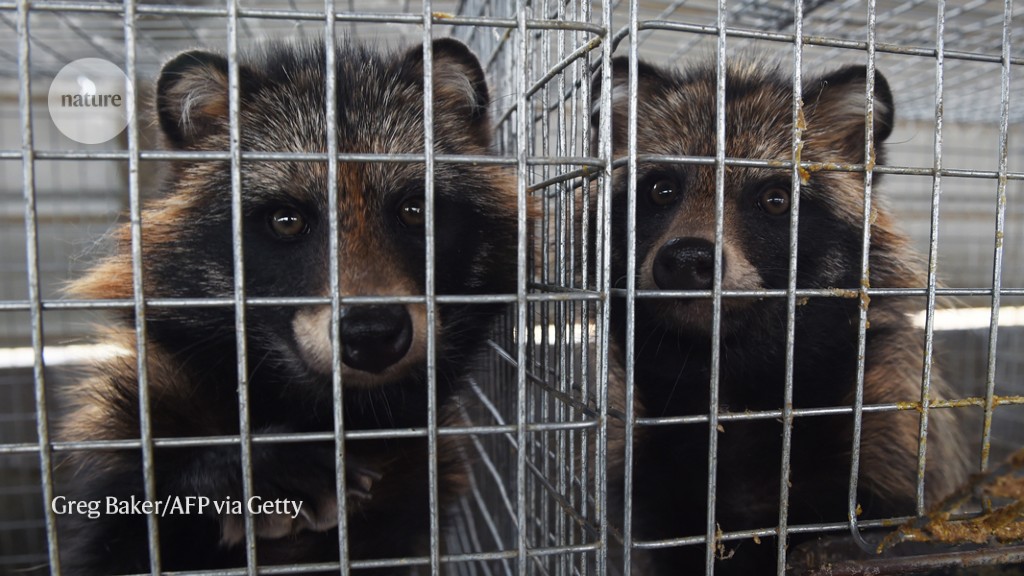
Lineage A spread within China, and includes samples from people linked to other markets in Wuhan.
If viruses in lineage A evolved from those in lineage B, or vice versa, that would suggest that the progenitor of the virus jumped just once from animals to people.
They analysed 1,716 SARS-CoV-2 genomes in a popular online genome repository called GISAID that were collected before 28 February 2020, and identified 38 such ‘intermediate’ genomes.The authors suggest that a laboratory or computer error probably occurred in sequencing one of the two mutations in these ‘intermediate’ genomes.“The more we dug, the more it looked like, maybe we can’t trust any of the ‘transitional’ genomes,†says study co-author Michael Worobey, an evolutionary biologist at the University of Arizona in Tucson.
But the study authors counter that even if some of the genomes were sequenced correctly, other parts of the same genomes, or the locations from which the samples were collected, still clearly indicate that they belong to only one or the other lineage.
“It is very unlikely†that any of the so-called intermediate genomes are actually transitional genomes, says study co-author Joel Wertheim, a molecular epidemiologist at the University of California, San Diego.Xiaowei Jiang, an evolutionary biologist at Xi’an Jiaotong-Liverpool University in Suzhou, China, says that the team behind the study must verify the findings by getting “the original raw sequencing data for as many genomes as possibleâ€FIf the virus did jump between animals and people on several occasions, the fact that lineages A and B are linked to people who visited different markets in Wuhan suggests that multiple individual animals, of one or more species, that were carrying a progenitor of SARS-CoV-2 could have been transported across Wuhan, infecting people in at least two locations.A study published in June1 found that live animals susceptible to SARS-CoV-2, such as raccoon dogs and mink, were sold in numerous markets in Wuhan.Previous studies2 of the virus that caused severe acute respiratory syndrome (SARS) have concluded that it, too, probably jumped multiple times from animals to peopleT
The latest study, if verified, would mean that the scenario of a researcher accidentally being infected in a lab, and then spreading the virus to the population at large, would have had to happen twice, says Garry.To gather more evidence, the team behind the new analysis now plans to run computer simulations to test how well multiple spillovers would fit with the diversity of known SARS-CoV-2 genomes.